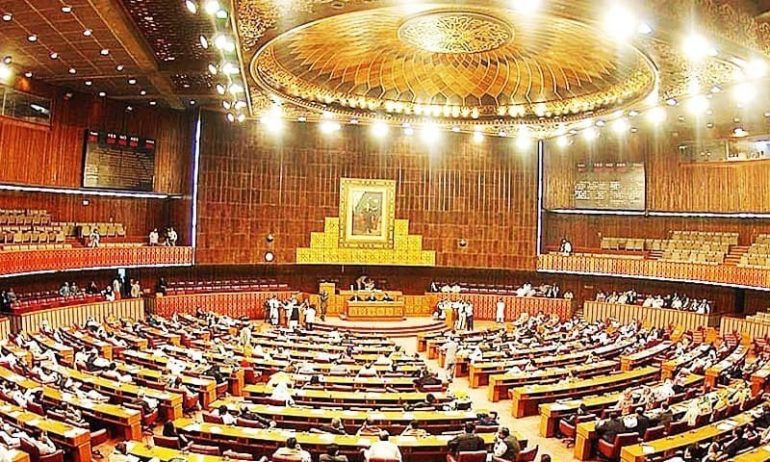On Monday (27 September), the Pakistan Tehreek-e-Insaf (PTI)-led government told the National Assembly that poverty has decreased in Pakistan, with roughly 22% of the population living below the poverty line.
According to the latest poverty headcount based on the 2018-19 Household Integrated Economic Survey, 21.9 percent of the population lives in poverty, as per the minister in charge of the Poverty Alleviation and Social Safety Division.
The government utilizes the HIES (Household Integrated Economic Survey) statistics to estimate the number of impoverished people living below the poverty line in Pakistan using the Cost of Basic Need (CBN) technique. According to the minister, in comparison with 2015-16, he said that “CBN based headcount declined by 2.4% point, from 24.3% in 2015-16 to 21.9% in 2018-19.”
Furthermore, while comparing 2010-11 with 2018-19, the minister added that “the ratio of poverty also showed a declining trend at the national level as poverty declined from 36.8% in 2010-11 to 21.9% in 2018-19.” It has been recorded that Poverty levels are falling in both urban and rural areas.
Background
The information was obtained after PPP MNA Mahreen Razzaq Bhutto requested that the minister provide the number of persons living below the poverty line, as well as the yardstick or criteria used to designate such people.
In addition, she also asked about when the last survey was conducted to measure poverty and asked for information about the increase and decrease in the statistics.
Benazir Income Support Programme (BISP)
A new survey is being conducted whose primary aim is to determine the beneficiaries of the Benazir Income Support Programme (BISP) and this initiative will be completed by the end of this month.
The National Assembly was told that “To recertify the socioeconomic status of currently eligible beneficiaries and to identify new beneficiaries a new survey has started and will be completed by the end of September 2021.”
In 2010-11, BISP conducted its first survey. While the recertification and new survey are being completed, a policy decision has been made to apply additional filters to the existing data. This has been possible because of the availability of various administrative databases during the previous decade, as well as the ability to do such data studies.
It was also revealed that Nadra undertook a BISP beneficiary profile study in December 2019 on a total of 5,783,389 BISP beneficiaries, resulting in the identification of 820,165 people.
It has also been highlighted that the policy decision does not suggest that 820,165 former recipients were ineligible at the time of the survey ten years ago, but rather that further filters can now be used. The beneficiaries benefited from the scheme based on the Poverty Score Card (PSC) survey and their poverty score was below the decided threshold.



